What Are The Main Characteristics Of Roman Classical Buildings And Landscapes
The derivative nature of Roman art raises some interesting questions. Although at first tentatively employed in the spaces between the classical columns the arch eventually came to be the chief structural element.
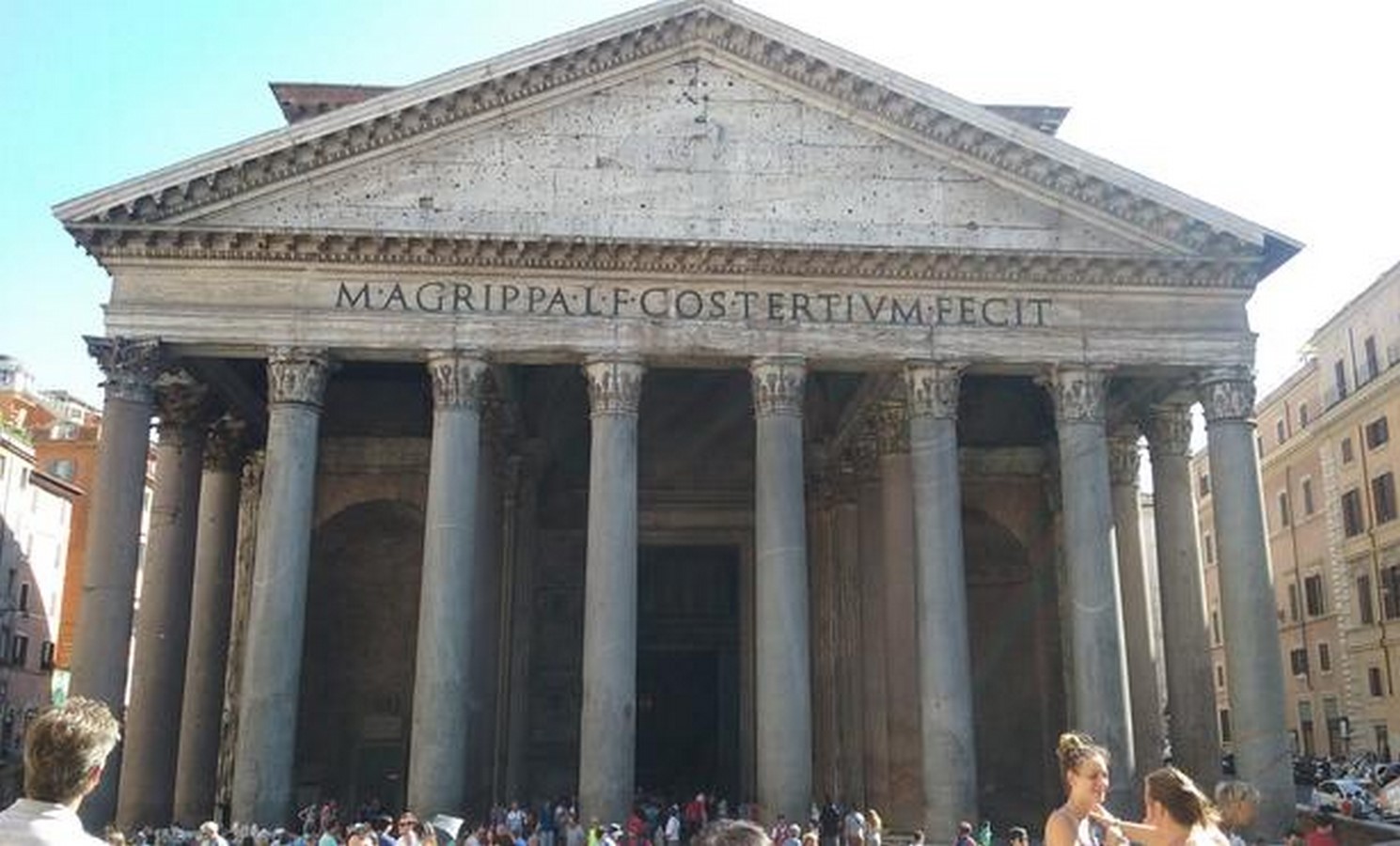
Elements Of Ancient Roman Architecture Rtf Rethinking The Future
The elements of Greek sculpture - realism idealism harmony of form - held a great appeal to the Romans.

What are the main characteristics of roman classical buildings and landscapes. Classical buildings are usually symmetrical and have elements like columns and windows that are evenly spaced out. Garden and landscape design - Garden and landscape design - Historical development. The Romans introduced the idea of rectangular plans which were more suitable for packing buildings closely together along streets in planned cities.
The Corinthian was particularly favoured and many Roman buildings even into Late Antiquity would have a. These often had rectangular houses and shops fronting onto the road. Doric Ionic and Corinthian.
The Architectural Orders Roman architects continued to follow the guidelines established by the classical orders the Greeks had first shaped. They mastered a number of important architectural techniques including the arch the dome and the vault as well as the use of concrete. What are the characteristics of Roman architecture.
It used new materials particularly Roman concrete and newer technologies such as the arch and the dome to make buildings that were typically strong and well engineered. These Classical orders can be Doric Ionic or Corinthian for Greek architecture. A recreated Roman town.
Roman architects were heavily influenced by early Greek architects particularly in their use of Doric Corinthian and Ionic columns. The search for perfection in design created an intellectual study of aesthetics proportion symmetry in the classical architecture of Greece and Rome. Columns in a specific style or order.
Conqueror of Gaul and Carthage of Greece and Egypt mistress of the Western world through six centuries capital of the mighty Caesars unchallenged home of grandeur spectacle and magnificence splendid with the art plundered from a hundred enslaved peoples giver of laws and morals and military science to all the West. A characteristic feature of Roman design was the combined use of arcuated and trabeated construction employing arches and constructed with post and lintel. The rest of the garden is laid out with tree-lined avenues.
Roman buildings tended to have a small number of doors and windows. Going beyond the simple representation of costlier building materials artists began to borrow from the figural repertoire of Hellenistic wall painting depicting gods mortals and heroes in various. Arches Domes Marble Veneers While other cultures had made limited use of semi-circular arches the Romans were the first to take wide advantage of them through the creation of buildings and.
The Romans may also have borrowed inspiration from the Etruscans who had an artistic tradition all their own including sculptures and murals. Architecture The typical building of pre-Roman Britain was the timber and thatch roundhouse. In fact the 19th century produced many of the greatest landscapes ever seen.
What are the main characteristics of Roman art. The Romans were impressive builders and some of the structures built by the Romans that still stand up to this day exhibit this. Ancient Rome is well recognised for its potential to produce large dense and complex network of infrastructure ranging from roads aqueducts bridges baths and temples.
These would have been increasingly interspersed or replaced as the years went by with the white plaster rendering and. Roman architecture flourished in the Roman Republic and to even a greater extent under the Empire when the great majority of surviving buildings were constructed. Romanesque architecture was the first distinctive style to spread across Europe since the Roman EmpireWith the decline of Rome Roman building methods survived to an extent in Western Europe where successive Merovingian Carolingian and Ottonian architects continued to build large stone buildings such as monastery churches and palaces.
The earliest surviving detailed garden plan dating from about 1400 bce is of a garden belonging to an Egyptian high court official at Thebes. Many Roman buildings were made with marble or limestone. Travellers along the roads between towns would have seen clusters of traditional British roundhouses.
This left large amounts of wall space. In the more northern countries Roman building. The Bibliothèque Sainte-Geneviève built between 1843 and 1850 by French architect Henri Labrouste is considered a masterpiece of the form.
Classical block buildings are rectangular or square in shape often with flat roofs and exteriors that display repeating columns or arches to form a classically decorative blocklike appearance. After the cataclysmic events of the French Revolution c1789-93 and the Napoleonic Wars c1795-1815 landscape painting became one of the most popular types of art and rapidly blossomed into a major pictorial genre for artists patrons and collectors. Arches were used to create taller and wider structures.
The Romans eventually criss-crossed the landscape with roads beside which many villages and towns developed. Roman architects used columns to give buildings a traditional look. It was influenced by the architecture of the time.
The main entrance is aligned on a pergola trellis-bordered walk of vines leading directly to the dwelling. Romans aspired to create conservative buildings. Roman painting served mostly a decorative function.
Painting techniques were developed to enhance the walls and to make the living space a more comfortable dwelling. Some of the most important characteristics of Roman architecture include arches columns and the use of marble and limestone. The decline of the First Style coincided with the Roman colonization of Pompeii in 80 BC which transformed what had essentially been an Italic town with Greek influences into a Roman city.
The Palladian movement steeped in rationality sought to identify mathematical perfection in proportion based on the geometry of circles squares and half squares and the shape of the human form.

Pin On Articles Sermons And Stuff For Class

Graphic History Of Architecture Free Download Borrow And Streaming Internet Archive Architecture History Ancient Greek Architecture Ancient Architecture

Outlining The Architectural Innovative Feats Of The Roman Era
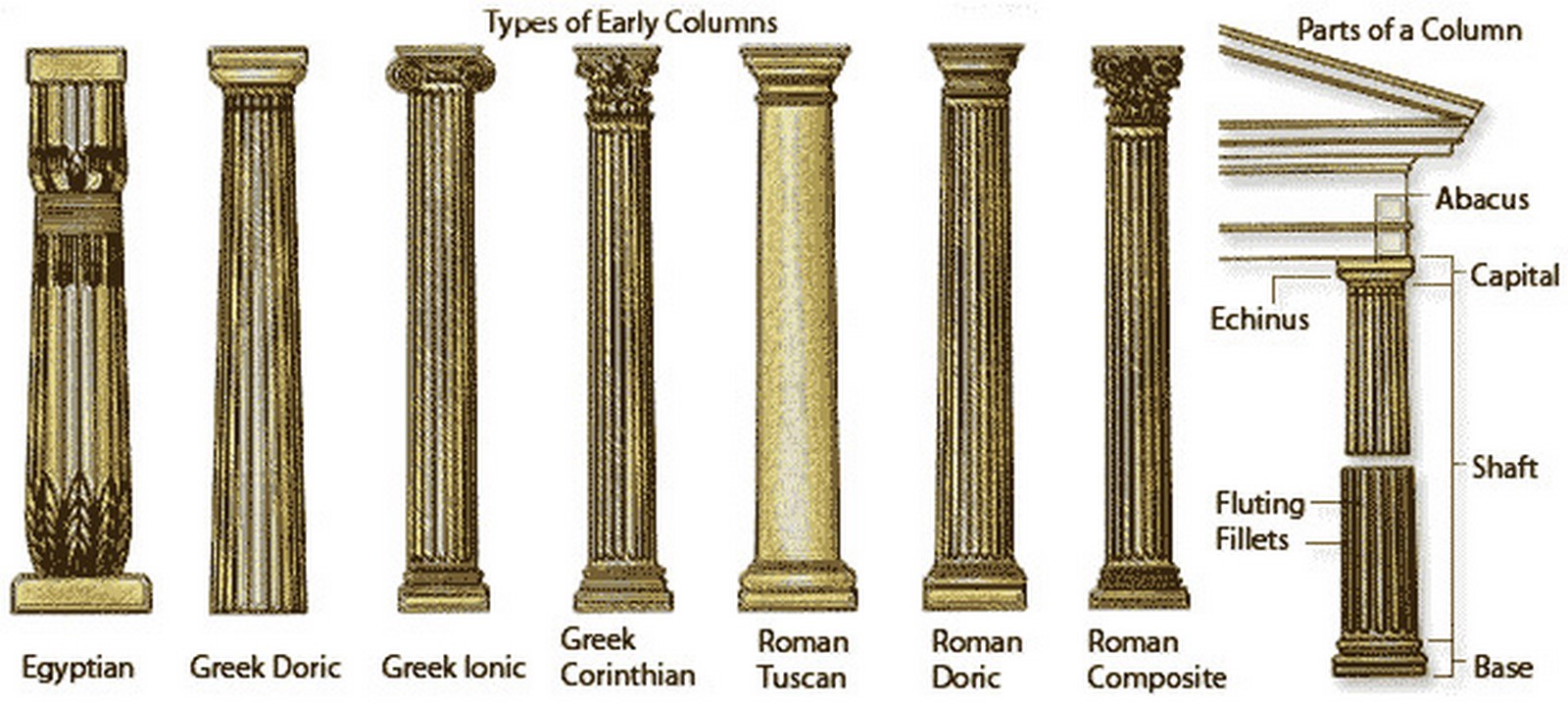
Elements Of Ancient Roman Architecture Rtf Rethinking The Future
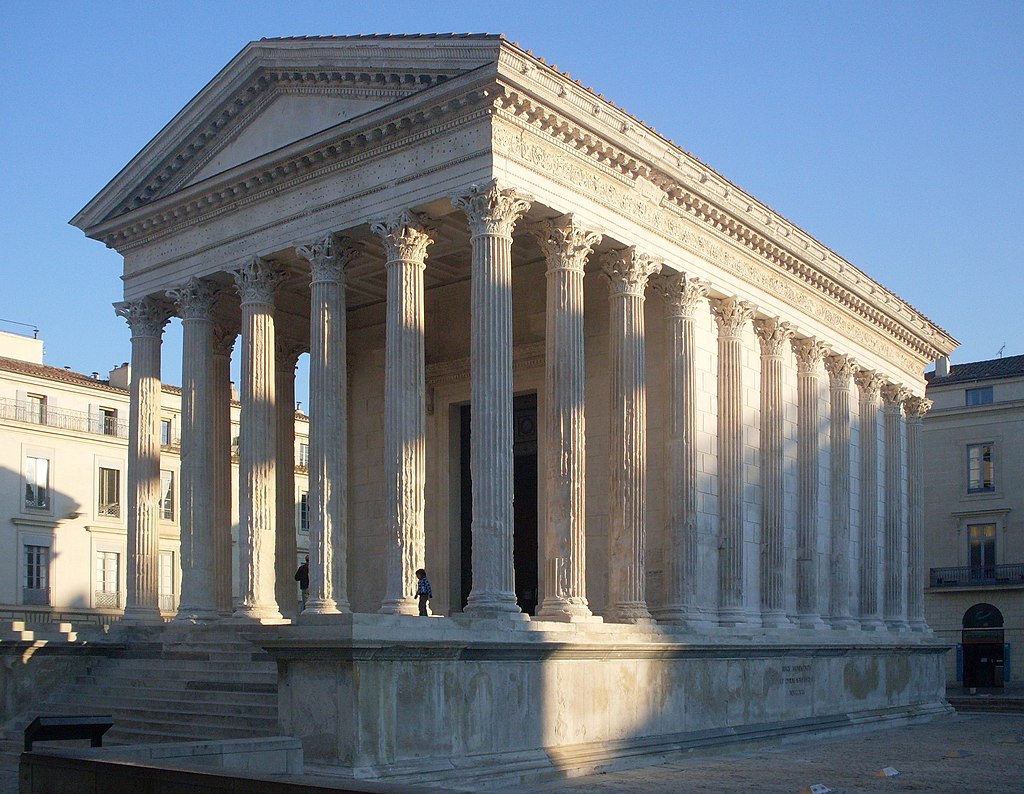
20 Classical Buildings Architects Should Know About Archute
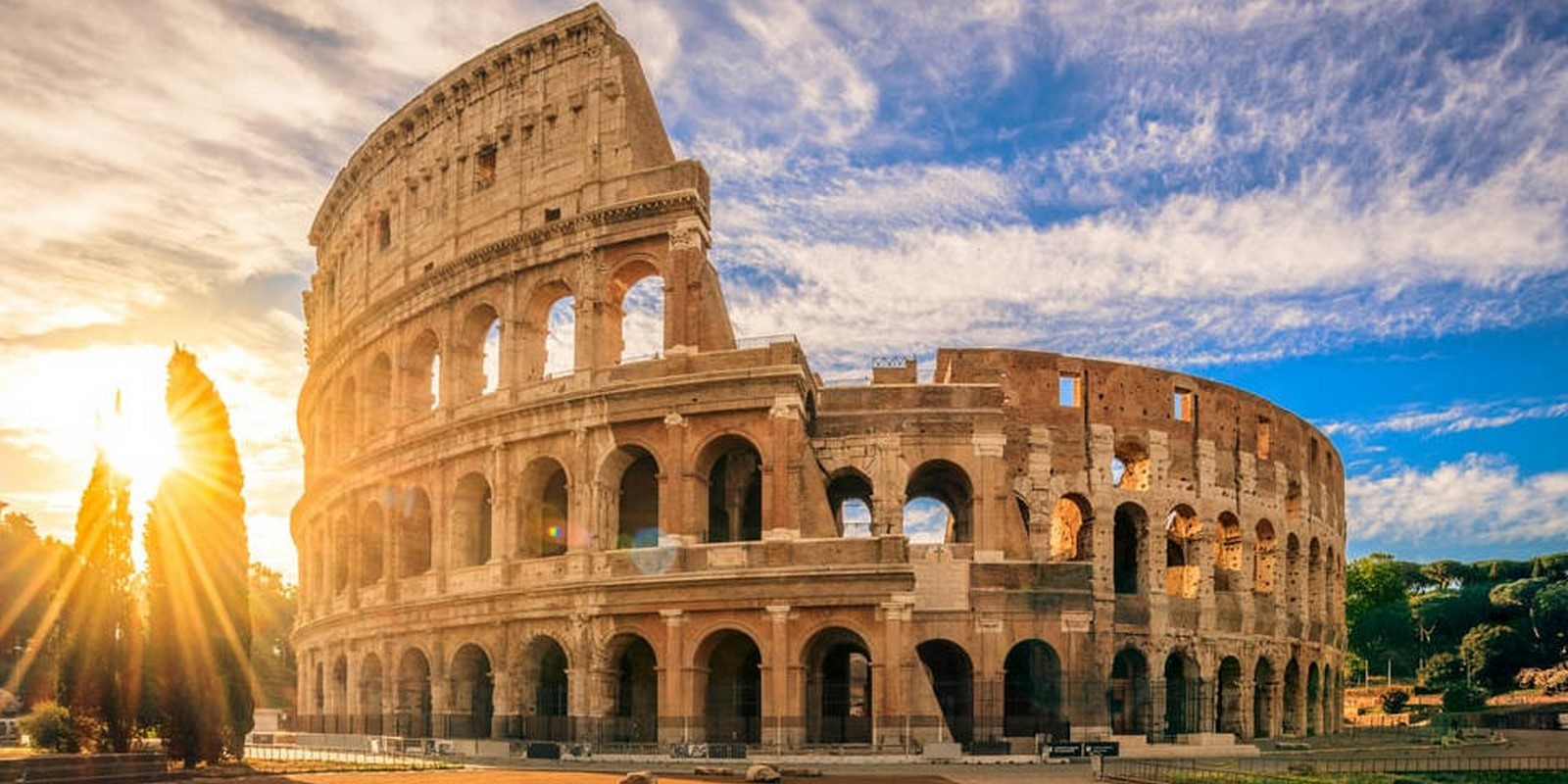
Elements Of Ancient Roman Architecture Rtf Rethinking The Future

Elevation And Section Of The Colosseum Clipart Etc Rome Architecture Architecture History Historical Architecture

Temple Etrusque 2 Etrusskoe Iskusstvo Vikipediya Rome Architecture Ancient Rome
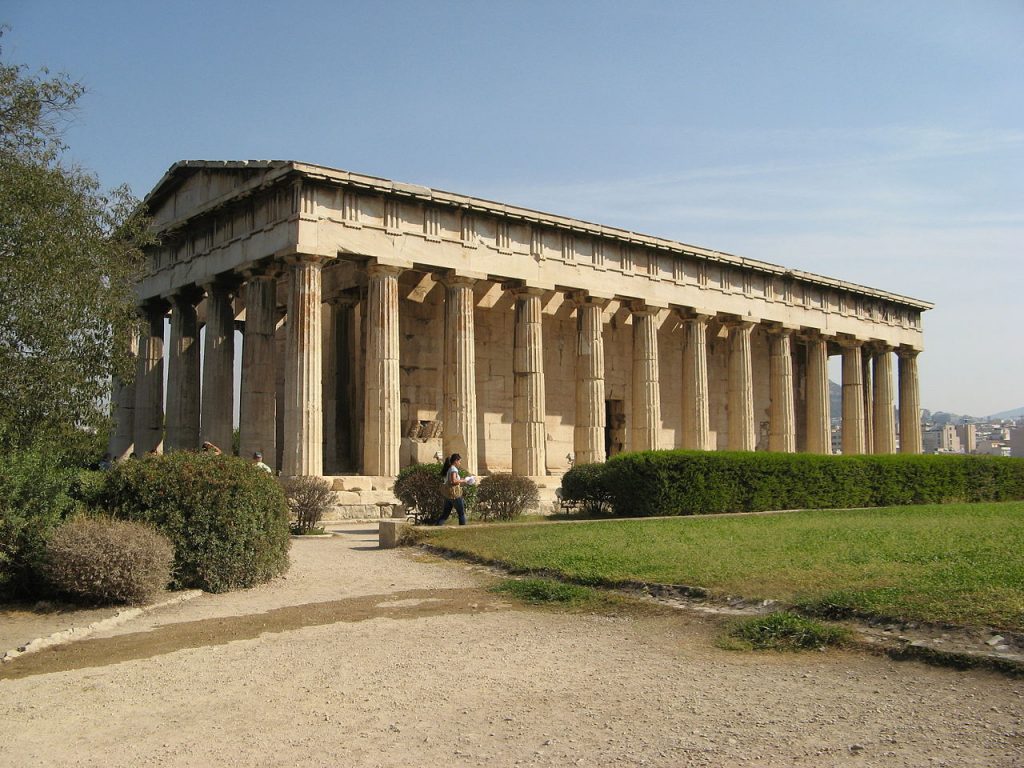
20 Classical Buildings Architects Should Know About Archute

7 Of The Best Baroque Buildings In Rome Baroque Architecture Baroque Building Architecture Exterior

Metapontum Temple Of Hera Proposed Reconstruction With Wireframe Download Scientific Diag In 2021 Temple Of Hera Ancient Roman Architecture Ancient Architecture
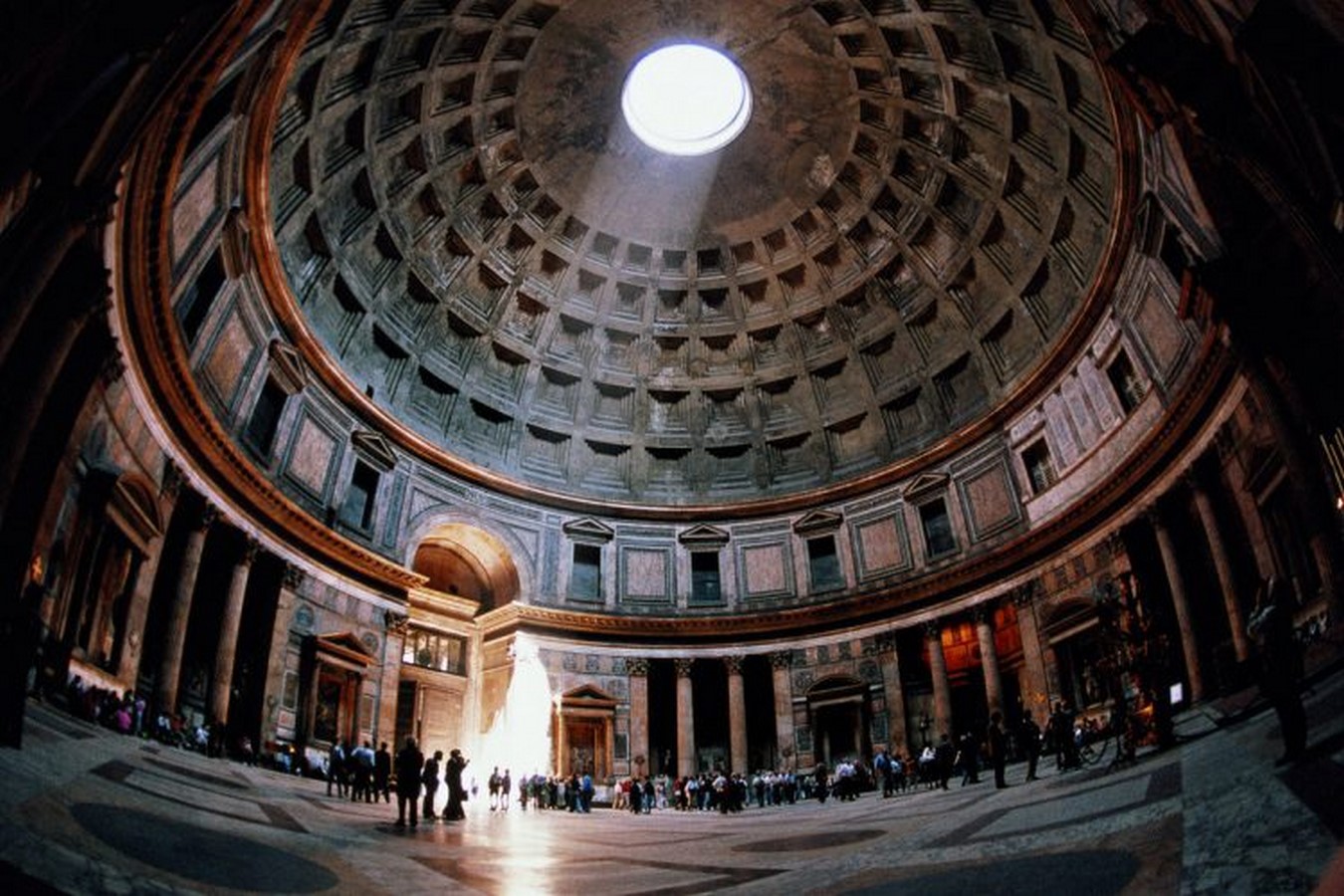
Elements Of Ancient Roman Architecture Rtf Rethinking The Future

Roma Pantheon Urban Landscape Historical Architecture Urban Fabric

Roman Ach Materials And Building Methods Graphic History Of Architecture By John Mansb Architecture History Ancient Roman Architecture Cathedral Architecture

Corinthian Entablature Parts Google Search Corinthian Order Gothic Architecture Characteristics Architecture
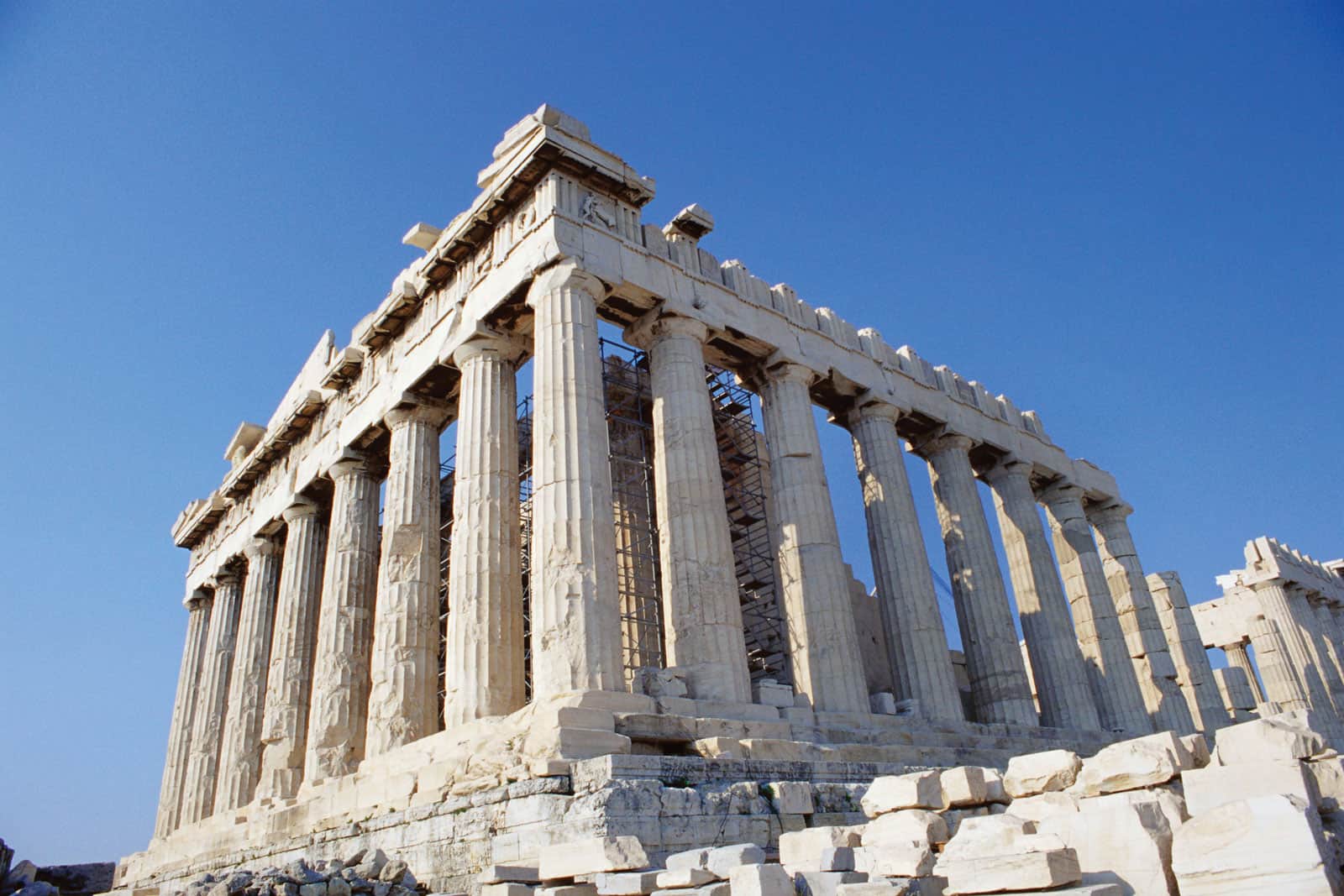
20 Classical Buildings Architects Should Know About Archute

Antique Architecture Engraving Print Greek Columns Roman Columns Capitals Gothic Ancient Art Architectural Prints Ancient Greek Architecture Greek Columns

European Architecture Graphic History Of Architecture By John Mansbridge Ancient Architecture European Architecture Ancient Greek Architecture

0 Response to "What Are The Main Characteristics Of Roman Classical Buildings And Landscapes"
Post a Comment